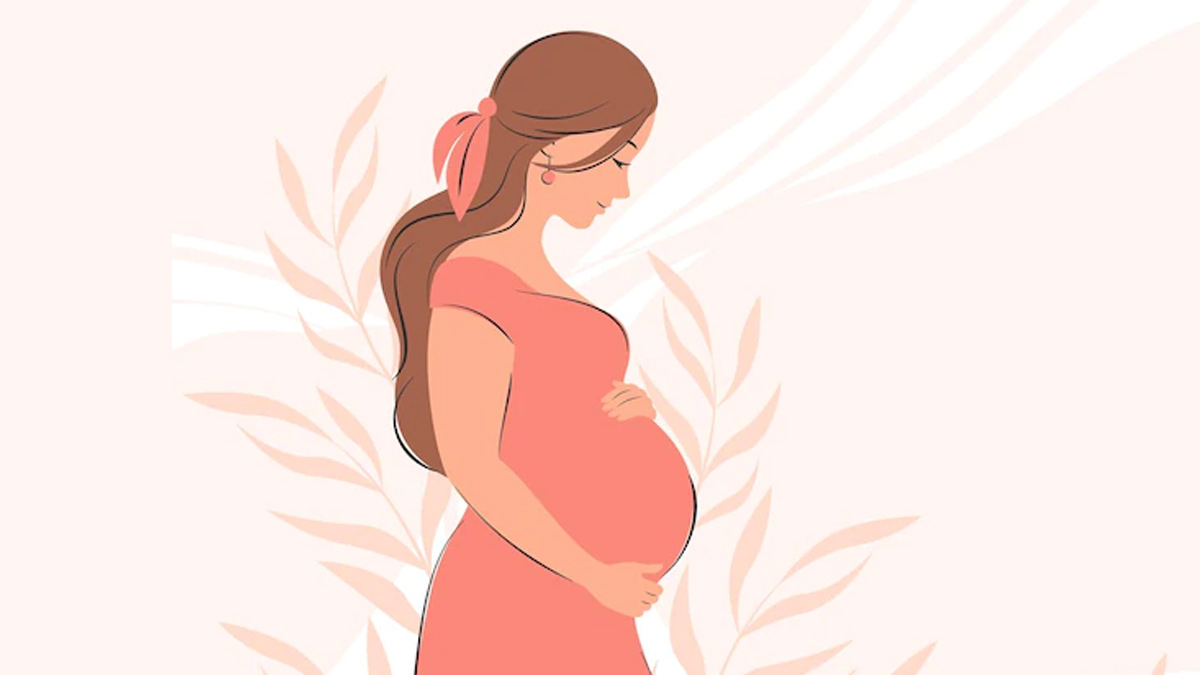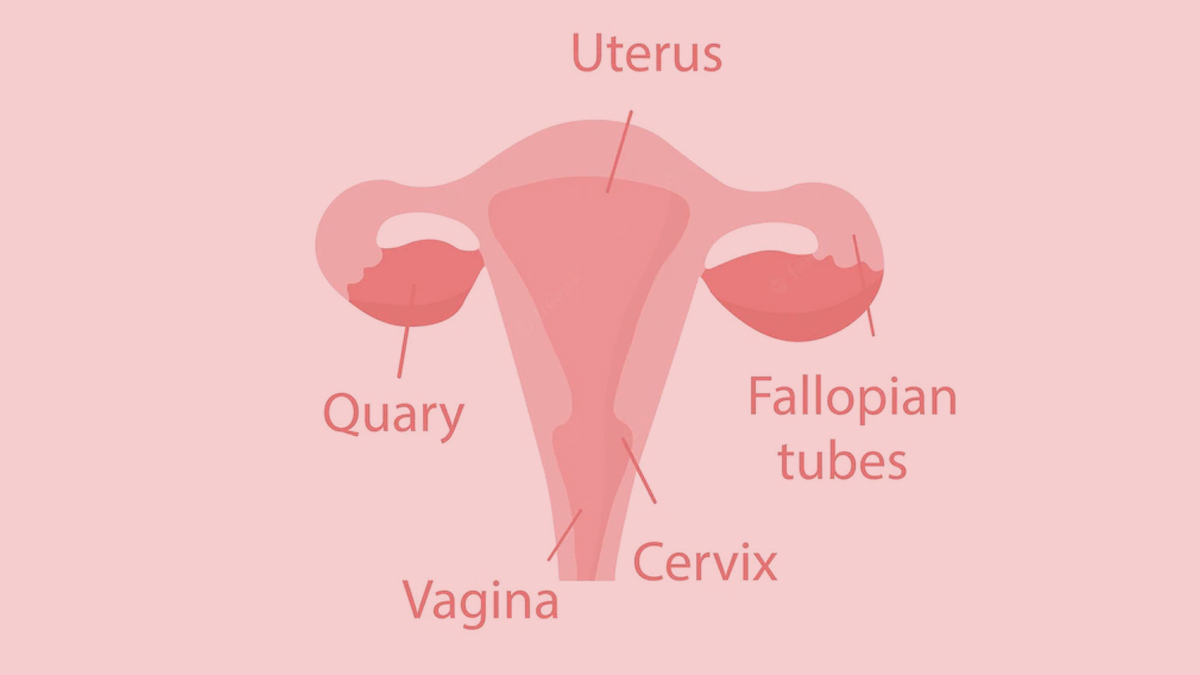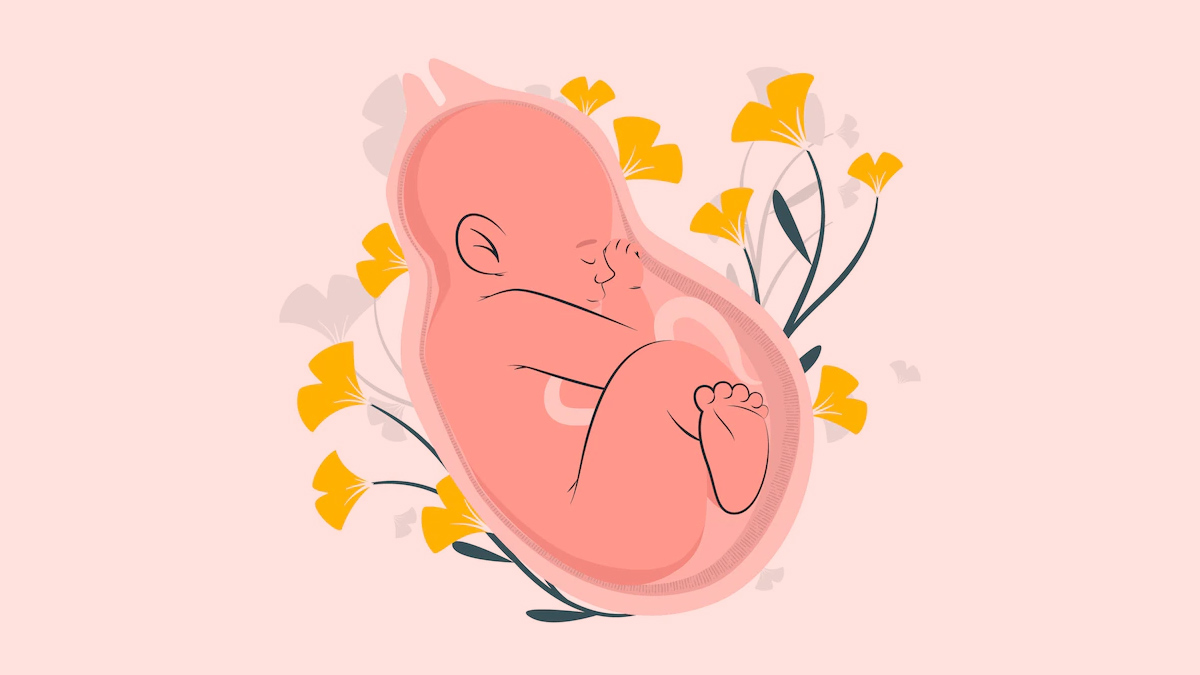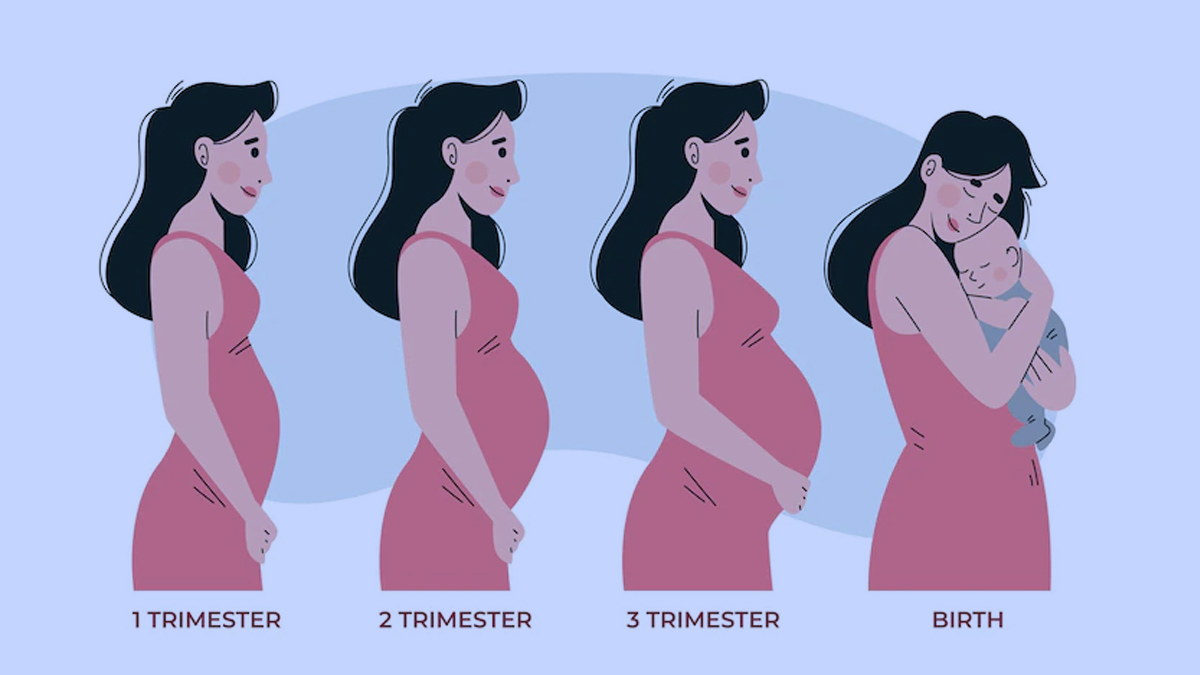
The cervix is a crucial part of the reproduction of women. It is defined as the neck of the uterus. Basically, it is the part between the vagina and the uterus. The tunnel-like structure is responsible for the fluids to pass quickly and allows sperm to fertilise an egg.
The cervix is responsible for protecting the uterus from foreign objects, germs and bacteria. It also ensures that the baby stays inside the uterus for nine months, and then, facilitates the exit through the canal.
To understand its role in the entire reproductive cycle, we spoke with Dr Balaji Nalwad, Consultant and HOD, Endoscopic and Gynaecology, Manipal Hospitals, Baner-Pune. Read the insights below.

During the initial days of menstruation, the cervix leads to the passage of endometrial shedding (secretion of blood from the uterus). This allows the fluids to pass through the vagina in a similar way.
Around the time of ovulation or otherwise, the cervix becomes the passage for sperm to travel up through the vagina to the uterus and fallopian tubes to fertilise an egg, if and when you have sex.

Cervix also changes colour throughout the menstrual cycle. Much like the consistency of vaginal discharge and the colour of the vagina, the cervix also goes through many changes. This indicates the phase of the period cycle you are going through.
This happens due to hormonal changes in the body. The volume, colour, and texture of cervical mucus can help identify when a person is most fertile in the phase. “The cervical mucus becomes thin and acidic close to the ovulation, making it easy for the sperm to pass through the uterus,” added Dr Nalwad. Hence, this is how the cervix promotes fertilisation in each menstrual cycle.

Once the egg gets fertilised, the cervix closes its opening to ensure no harm reaches the foetus. It remains closed throughout the pregnancy until the baby is ready to come out.
This process allows the baby to grow and develop without complications. It is also a way in which the body creates a shield around the baby and keeps germs, bacteria and other microorganisms at bay.

Dr Nalwad pointed out, “In normal pregnancies, the cervix maintains a bell shape with an average length of 30 to 40 mm. If the length is much smaller than 20 mm, it is a sign of premature birth and must be assisted by putting a suture around the cervix to support.”
Hence, the shape of the cervix is crucial to determining the health of your pregnancy. This is how experts judge if external assistance and bed rest is required during the gestation period.
During labour, the cervix opens up for the baby to escape the uterus and enter the world. A weak cervix means improper functioning, which can be the cause of preterm birth or possess the risk of miscarriage during the second trimester. On the other hand, a deficient cervix can impact the entire delivery procedure immensely.

It is a no-brainer that the opening of the cervix is smaller than the baby’s head. When a normal delivery happens, the cervix expands for the baby to slide through the passage. It becomes softer and wider during delivery while losing a lot of muscle tone.
However, one must not worry because the damage is not irreparable and permanent. In fact, after the delivery, the tissue of the cervix starts repairing itself. During the postpartum phase, the lining again becomes thick and narrow. However, it can take up to six weeks.
Don't Miss: Here Are 10 Reasons Why Women Want & Have Sex

Much like any other part of the body, a cervix can also have complications which are defined as ‘cervical insufficiency’. Usually, there are no specific symptoms that can help even an expert to identify the problem.
Therefore, if a woman has a history of premature birth, painless second trimester or spontaneous abortion, they should get their pelvis examined by a doctor.
“Weakening of the cervix can occur between the second and third trimesters of pregnancy as well as when excess pressure is put on the cervix in conditions like twin or triplet pregnancy, excessive amounts of liquor, big size babies, etc,” informed Dr Nalwad.
Don't Miss: How To Avoid Unhealthy Weight Gain During Pregnancy
Therefore, it is crucial for women and doctors to be aware of any pain or changes in the cervix during ultrasound procedures during pregnancy. Once diagnosed, it can be treated with suture and progesterone and other medicine supplementation. You must stay in touch with a trusted gynaecologist and go for regular check-ups without fail to ensure a healthy pregnancy and delivery.
Also watch this video
Herzindagi video
Our aim is to provide accurate, safe and expert verified information through our articles and social media handles. The remedies, advice and tips mentioned here are for general information only. Please consult your expert before trying any kind of health, beauty, life hacks or astrology related tips. For any feedback or complaint, contact us at compliant_gro@jagrannewmedia.com.